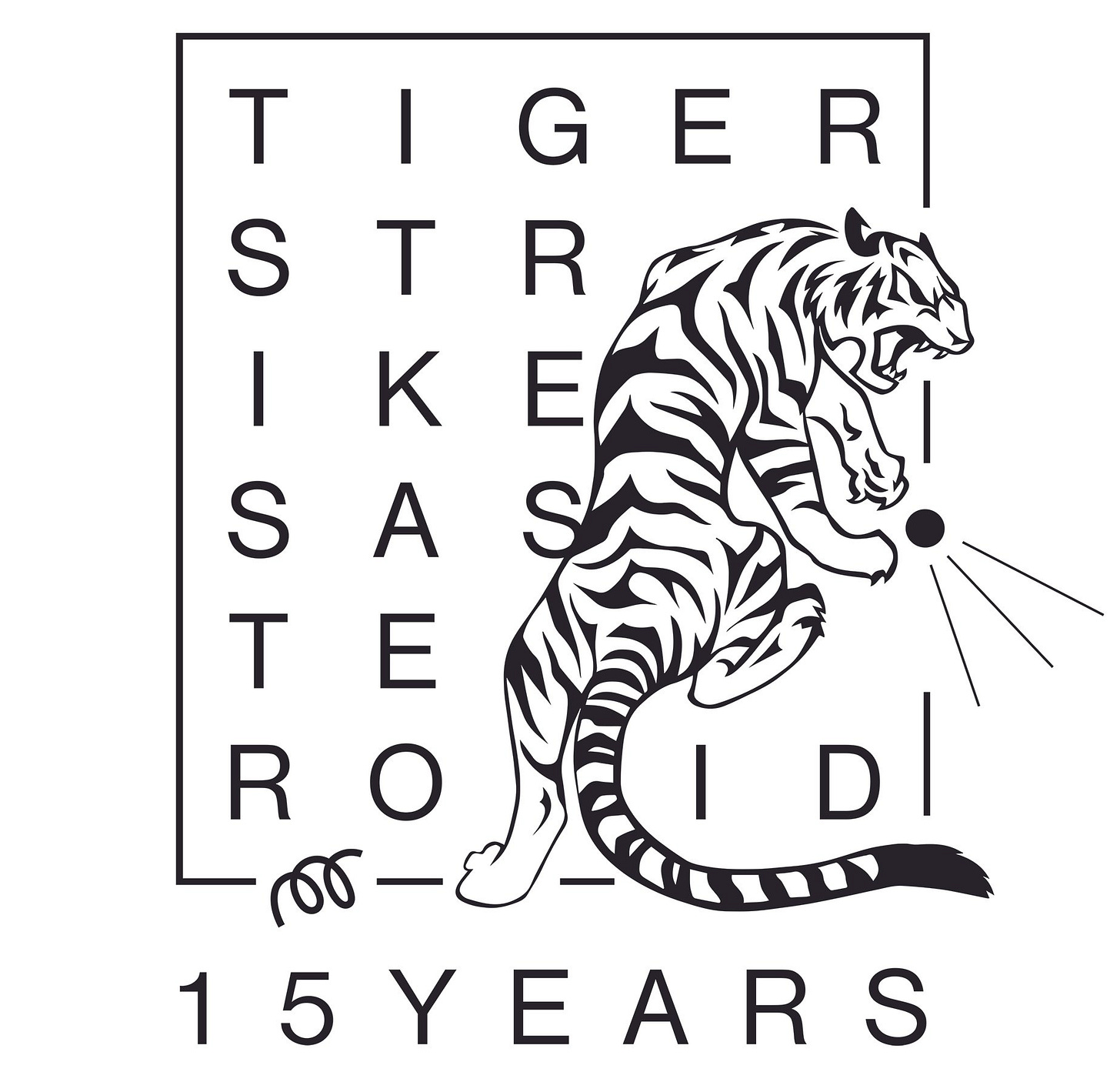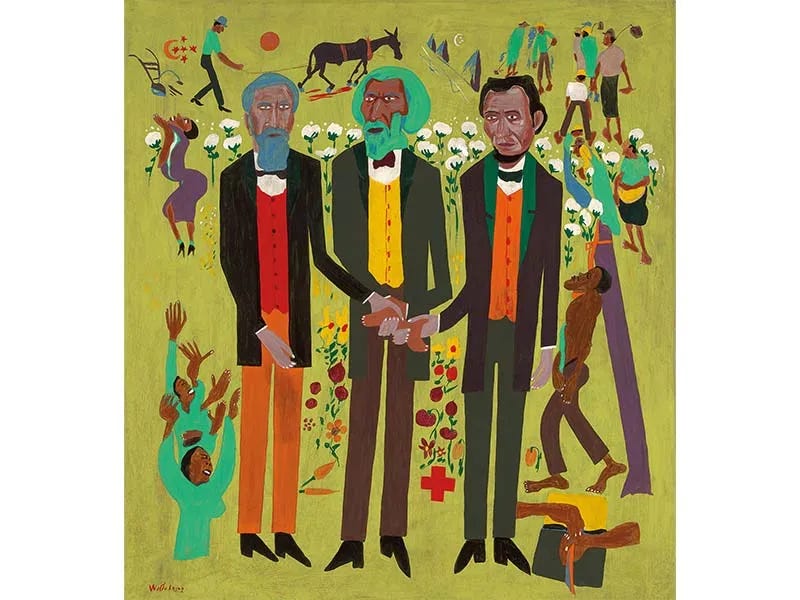Why Artistic Innovation Doesn't Pay - Until it does
The Fine Line Between Artistic Vision and Marketability
My articles have primarily explored how artists can sustain themselves financially through their careers. Making a living from something as personal and ephemeral as art—while remaining culturally relevant—is incredibly challenging. Artists must balance creating work that is marketable with producing meaningful, lasting pieces that capture the spirit of the times. Today, I’m drawing from research that examines how the content of our artwork shapes our status as artists1.
Innovation is a Long Game
Conforming by replicating past artistic successes and innovating simultaneously are not mutually exclusive. What is considered radical today often becomes mainstream tomorrow, even if the artist who pioneered the idea—like Van Gogh—never reaps the benefits.
In technology, the 'early adopters' curve2 describes how new innovations are gradually embraced by users, with early adopters willing to tolerate flaws before the mainstream catches on. Art follows a similar pattern. Artists who push new ideas and radical innovations often find themselves sidelined from the core art world's status hierarchy, instead becoming part of emerging artistic circles that establish their own status systems.
Following the technology example again, the first-time innovators in a certain technological field are rarely rewarded with market dominance. For example, Google wasn’t the first search engine. Still, it is the biggest one today because in its earlier days, it imitated existing search engines, thereby learning from their faults and building a better user experience.
Similarly, in the art world, early innovators often experience a delay in gaining recognition. However, once audiences catch up to their ideas, a moment of consensus and popular success can emerge. This often happens when other artists imitate the innovator’s style, gradually making the once-radical art more mainstream and familiar. As a result, sales increase not due to pure innovation but through repetition and adaptation—just as Google overtook early search engines like AltaVista, Yahoo, and WebCrawler by refining and popularizing their approaches.
Many artists introduced groundbreaking innovations that later became foundational in art, yet they did not always receive full recognition for their contributions. For example, William H. Johnson merged modernist styles with African American folk traditions, challenging artistic conventions. Though largely overlooked during his lifetime, his work has profoundly influenced contemporary African American art. Similarly, Hilma af Klint was creating abstract compositions before Kandinsky and Malevich, yet her contributions remained unrecognized for decades.
Finding a Way Forward as an Innovator
Sustainability: An artist can balance financial stability with innovation by creating conventional work for their audience while simultaneously pushing boundaries in their personal practice. This approach allows for both commercial viability and artistic growth. In some of my other posts, I explore additional strategies for sustaining an art career while making meaningful work3.
Support: The right support system—such as residencies, grants, and artist-run galleries—can help artists working in nontraditional forms gain visibility and resources. Prestigious residencies like Skowhegan (Maine), MacDowell (New Hampshire), and Headlands Center for the Arts (California) provide space for experimentation. Grants like A Blade of Grass support socially engaged and participatory art practices. Artist-run spaces such as Recess (NYC), Public Access (Chicago), and Tiger Strikes Asteroid (various cities) create opportunities for artists whose work falls outside the commercial mainstream.

Diversifying: Artists who work across multiple genres tend to be regarded as more versatile, curious, and experimental, contributing to higher aesthetic status. In rap music, for example, sampling from diverse genres—jazz, pop, Bollywood music—can lead to greater artistic recognition and mainstream success. However, there is a limit; too much genre-hopping without clear artistic cohesion can dilute impact. Nam June Paik successfully navigated multiple disciplines, pioneering video art and multimedia experimentation. Other critically acclaimed artists known for their multidisciplinary approach include Matthew Barney, Kara Walker, Joan Jonas, and Joseph Beuys.
Give It Time: The art world values both innovation and adherence to existing trends—one for its novelty, the other for its marketability. Over time, once-experimental mediums often gain legitimacy, as seen with major institutions acquiring digital and NFT-based works. For instance, MoMA’s acquisition of Refik Anadol’s works signals that digital art has transitioned from experimental to institutional acceptance. Early pioneers of digital art, such as Rafael Lozano-Hemmer, Joshua Davis, and Vuk Ćosić, laid the groundwork for this shift.
Are you an Innovator?
Many artists believe their work is innovative simply because it doesn't follow market trends, such as decorative art, figurative art, anti-aesthetic art, or low-tech media. However, not following trends is only one aspect of innovation.
True innovation in art is marked by peers adopting and repeating new conventions, signaling approval, and solidifying these ideas within the artistic world. As other artists begin to imitate these novel concepts, they help establish the innovator’s place within the field and create opportunities for future innovators to build upon.
A good example of this process is "Rapper's Delight" by the Sugarhill Gang, released in October 1979. It is widely recognized as the first commercial rap single. The song sampled popular tracks, and while the Sugarhill Gang started as a novelty act, primarily created to record "Rapper’s Delight," their success played a pivotal role in bringing rap music from underground circles to mainstream platforms like radio and commercial outlets. This shift opened doors for subsequent rappers, elevating their status and popularity as the genre grew, all while establishing rap as a legitimate form of music within the industry.
Summing up
The key is balance. Innovate while keeping your practice sustainable. Find the right support systems—residencies, galleries, grants—that align with your vision. Diversify without losing focus. And most importantly, give it time. The art world moves in cycles, and today’s radical idea could be tomorrow’s standard.
If you’re an innovator, trust that your work matters, even if the rewards aren’t immediate. True artistic impact isn’t just about sales or status—it’s about shaping what comes next. Keep going.







Quite a bit of intuition and paying attention takes place when you're building an artistic brand. As you're doing your thing you're also looking for opportunities that line up with your offer.